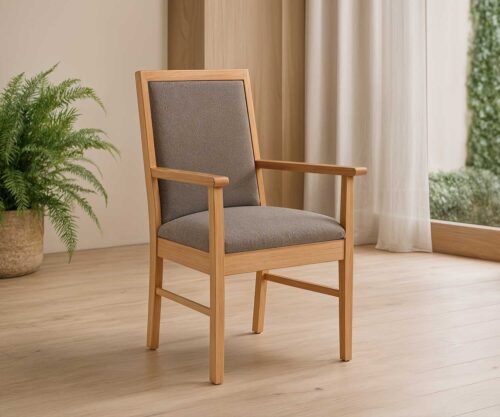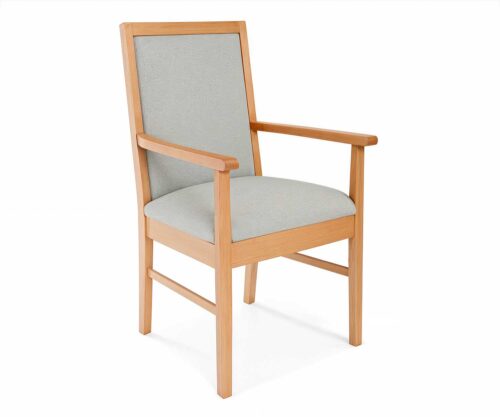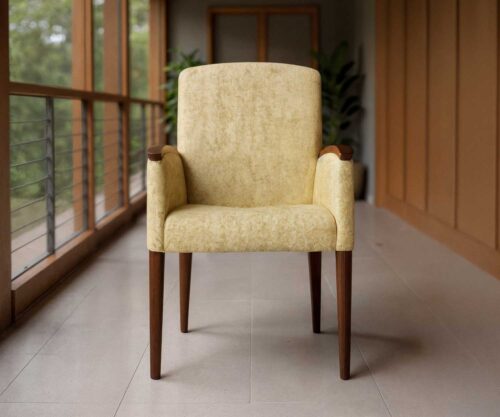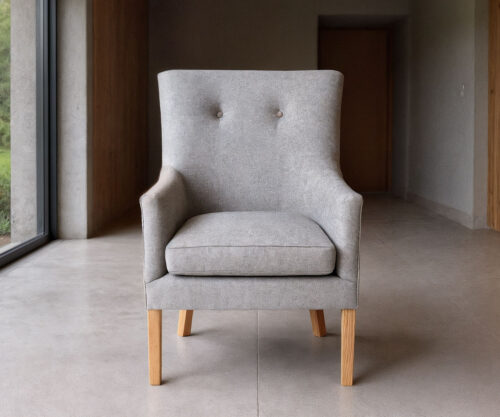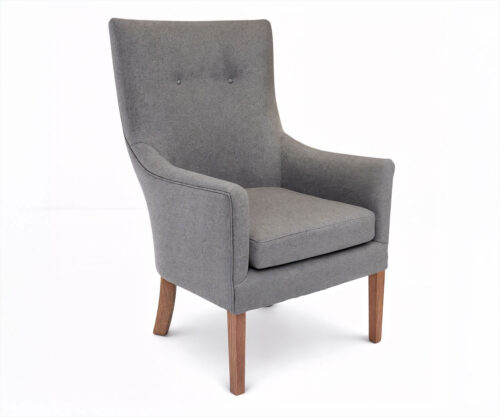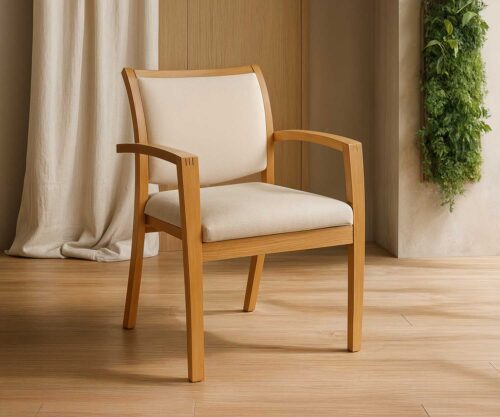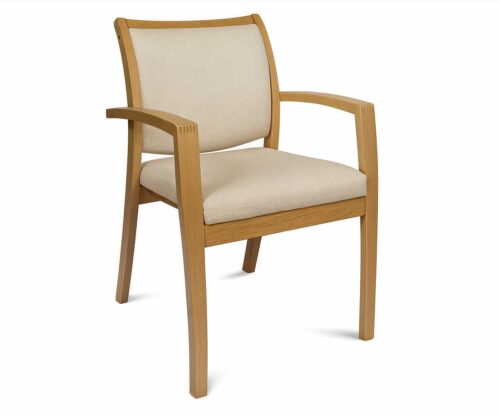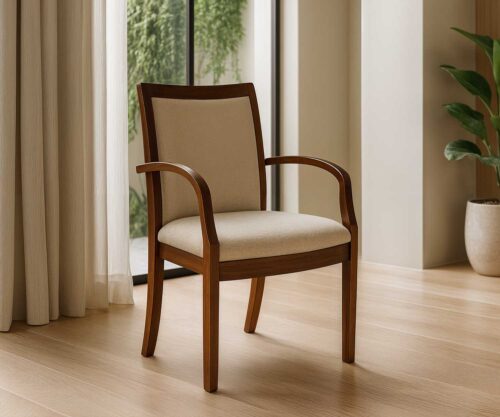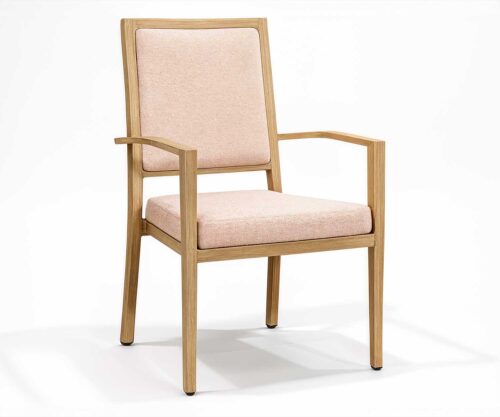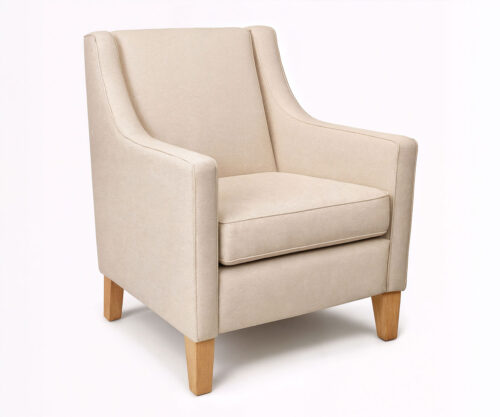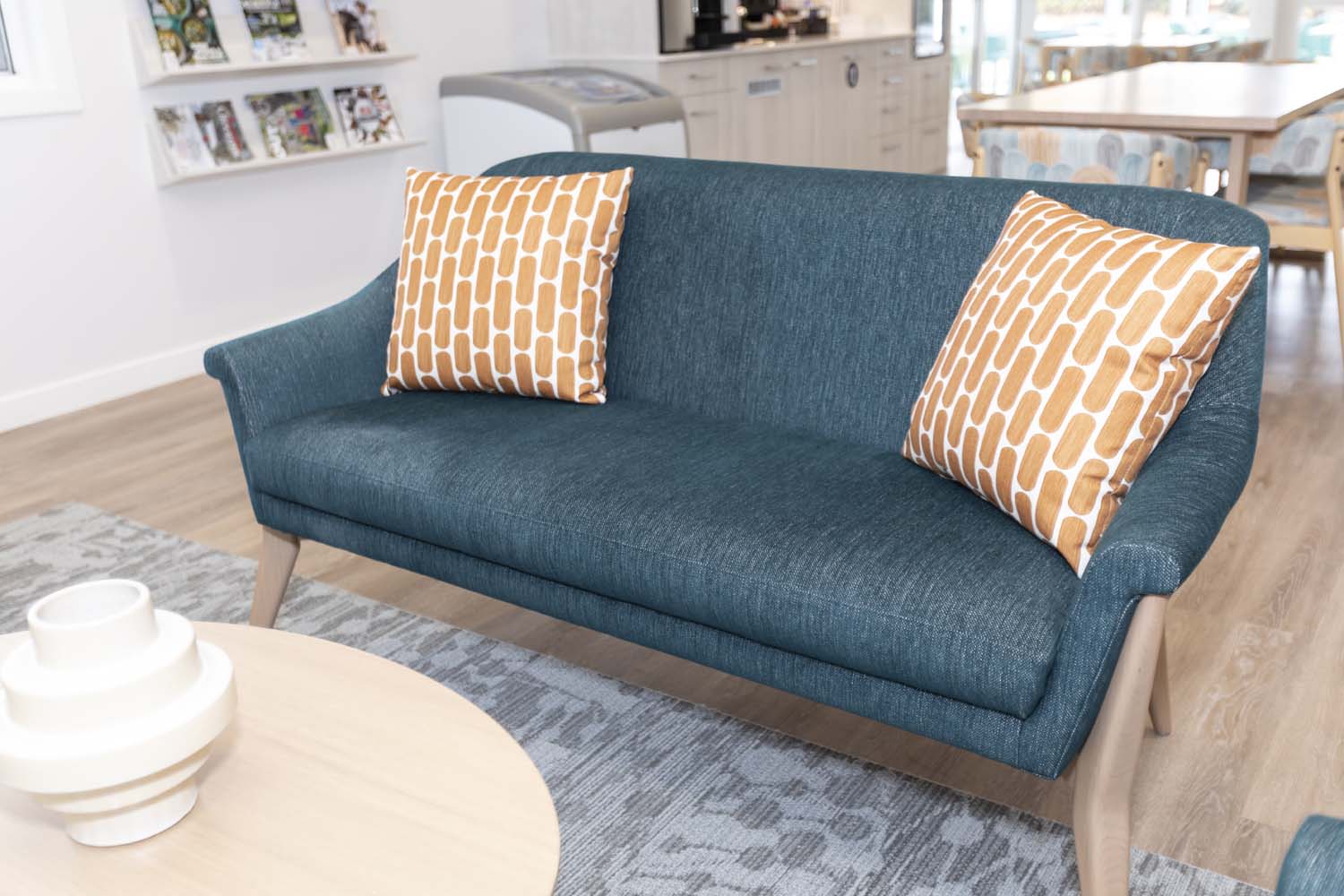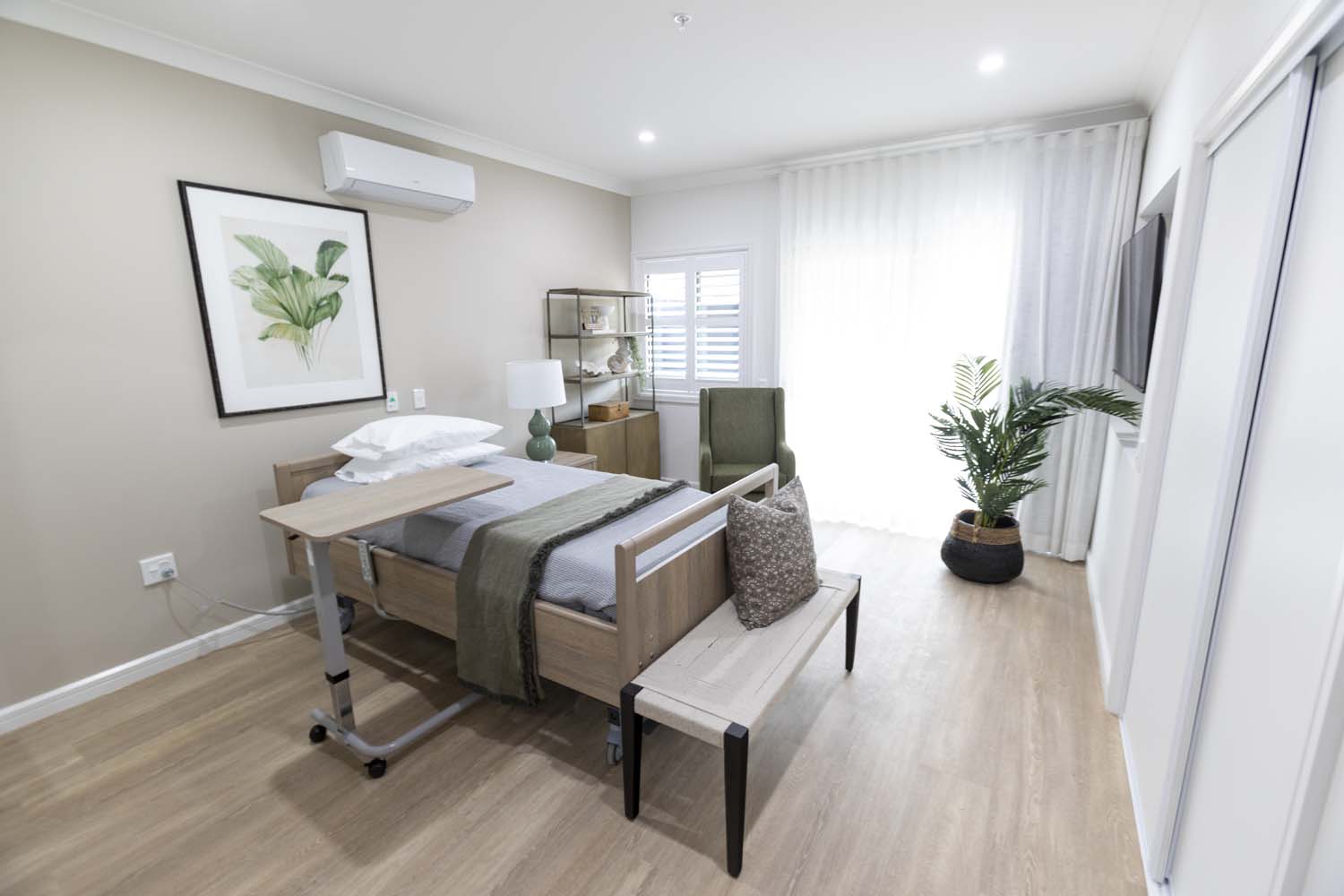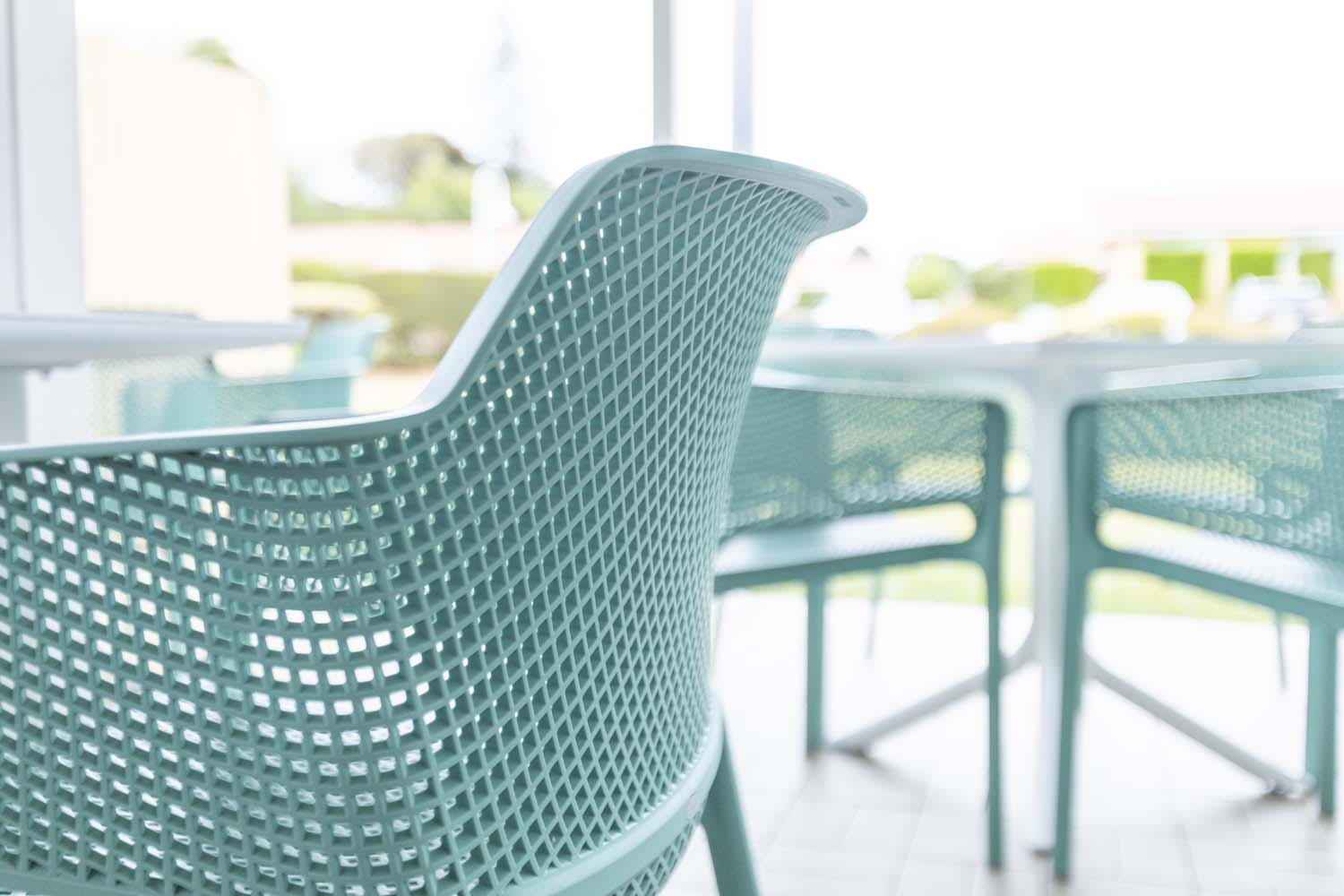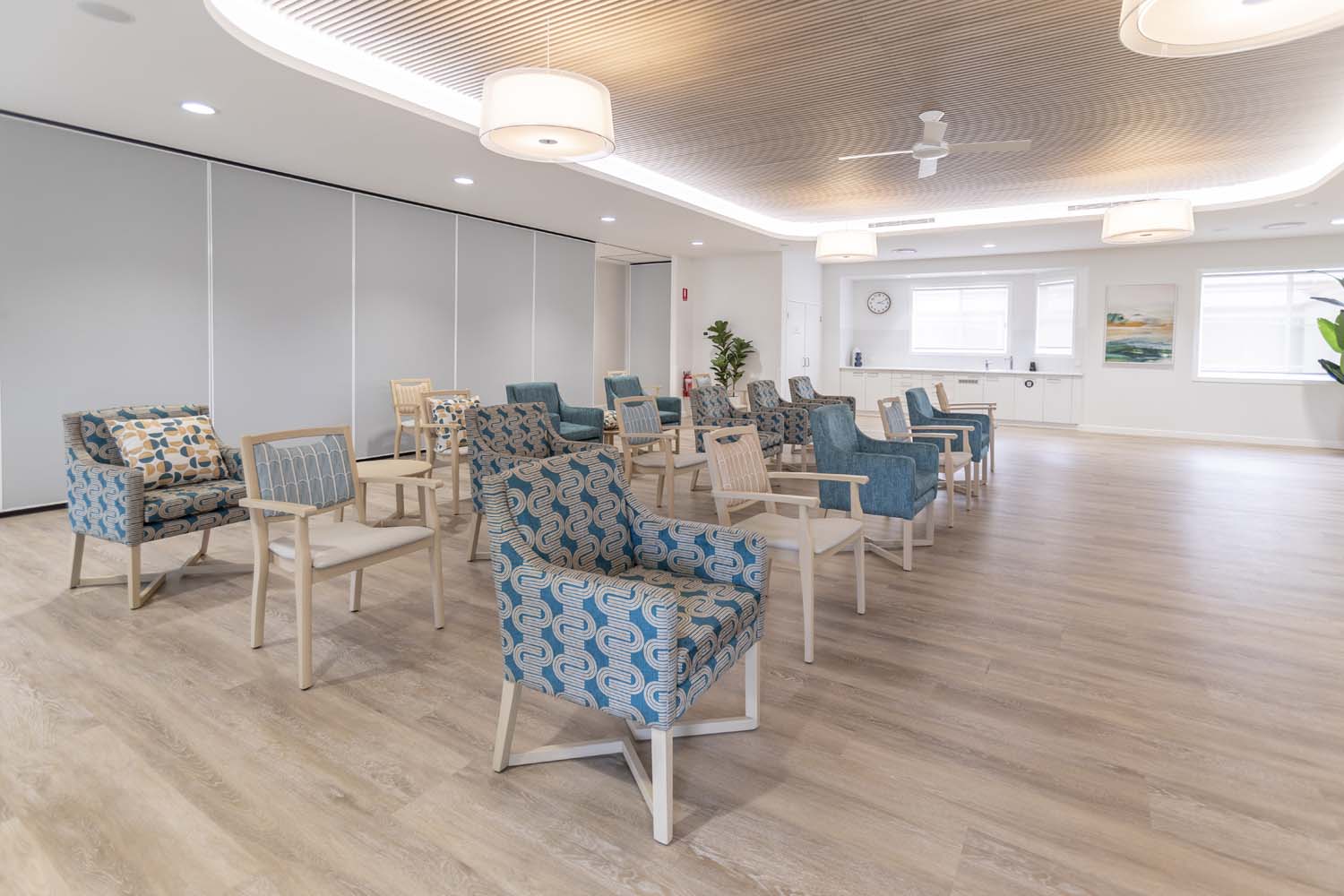Avoid Costly Mistakes on Your Next Furniture Aged Care or Retirement Living Order: Real-Life Mishaps and Expert Tips
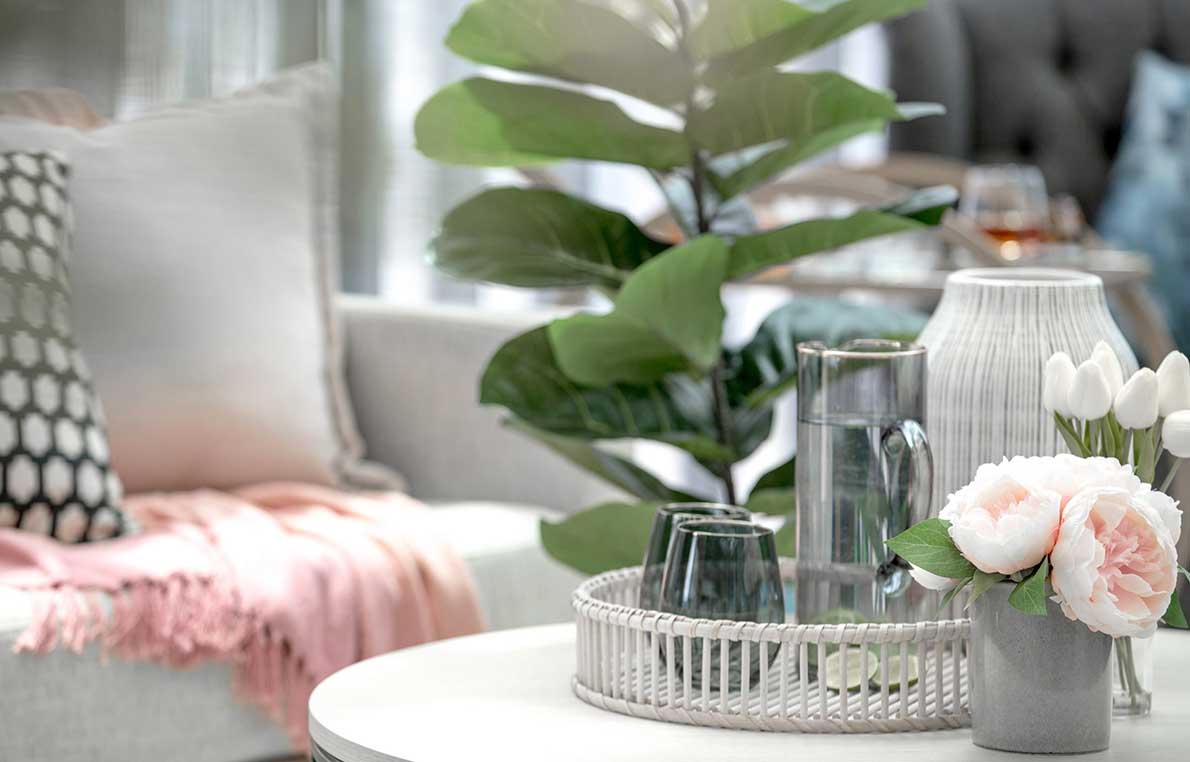
Our Project Consultants have worked with Australian aged care and retirement facilities for over 25 years, and one thing is clear: furniture projects can either be smooth or turn into expensive, stressful headaches. Often, it’s not the furniture itself but the planning, details, and guidance—or lack thereof—that makes all the difference.
Here’s how we help facility managers avoid common pitfalls, plus some cautionary tales and practical tips you can apply before your next furniture order.
1. Measure Twice, Avoid Headaches
“A few years ago, a facility ordered a set of new dining tables from another supplier that looked perfect on paper—but when they arrived, they couldn’t fit through the service lift. We had to manufacture custom sized tables, delaying the opening of the new dining area by three weeks and costing thousands in extra freight.” ~ Ross McCorkell, FHG Project Consultant
One of the most common mistakes we see is ordering furniture without precise measurements. Even a small miscalculation can result in chairs that don’t fit in communal spaces, tables that block pathways, or cabinetry that can’t be installed properly.
Practical Tips:
-
Measure doorways, lifts, corridors, and rooms before ordering.
-
Use a scaled floor plan to visualise layouts.
-
Allow sufficient circulation space for wheelchairs, walkers, and staff.
-
Check ceiling heights and structural features that might impact larger pieces.
-
Verify emergency exits and pathways aren’t blocked by new furniture.
2. Choose the Right Fabric and Material
“One facility insisted on choosing a light-coloured fabric for their lounges. Within six months, coffee stains and daily wear had left it looking tired and uninviting. They had to replace half the seating early, at significant cost.” ~ Jason Mark, FHG Project Consultant
Furniture in aged care needs to be more than attractive—it must withstand daily use, cleaning, and the occasional spill. Choosing the wrong fabric or timber can lead to premature wear and costly replacements.
Practical Tips:
-
Select commercial-grade fabrics designed for healthcare.
-
Choose stain-resistant, flame-retardant, and easy-to-clean materials.
-
Test colours for practicality—dark fabrics show dust, light fabrics show stains.
-
Consider durable timbers and laminates for high-traffic areas.
-
Confirm warranties and maintenance requirements before purchasing.
3. Prioritise Comfort and Safety
“A facility bought sleek, modern chairs from a local supplier without testing them. They looked great but were uncomfortable for residents with limited mobility. Staff reported residents struggling to get in and out of seats safely, creating extra work and safety risks.” ~ Krystle Hargreaves, FHG Project Consultant
Residents spend a lot of time in communal spaces, lounges, and dining areas. Furniture that looks good but isn’t comfortable or supportive can negatively affect wellbeing—and increase risk of injury.
Practical Tips:
-
Test seating for ergonomic support, especially for residents with mobility challenges.
-
Check armrest height and seat depth for ease of use.
-
Avoid sharp edges or unstable furniture that could cause injury.
-
Involve staff in trials to assess cleaning and movement.
-
Consider supportive cushions or backrests for prolonged comfort.
4. Plan for Longevity and Maintenance
“A manager opted for cheaper furniture to save upfront costs. Within two years, cushions were flattened, timber legs were scratched, and replacement parts were unavailable. The ‘savings’ quickly vanished.” ~ Peter Qurbanpur, FHG Project Consultant
It’s tempting to go for lower-cost options, but this often means replacing furniture sooner. Long-term planning saves money and hassle.
Practical Tips:
-
Choose furniture built to withstand heavy use.
-
Check availability of replacement parts (e.g., cushions, chair legs).
-
Consider modular or multi-purpose furniture that can be updated over time.
-
Confirm recommended cleaning routines are realistic for your staff.
-
Factor in warranties and ongoing support before committing.
5. Work with a Supplier Who Understands Your Facility
“One facility sourced furniture from a general commercial supplier. The chairs arrived too high for residents, and the fabrics weren’t suitable for daily cleaning. They ended up having to scrap half the order and start again with a supplier experienced in aged care.” ~ Ross McCorkell, FHG Project Consultant
Many mistakes happen when facility managers order furniture from suppliers who don’t specialise in aged care or retirement living. Understanding your unique needs—from compliance and resident comfort to durability and aesthetics—is critical.
Practical Tips:
-
Choose a supplier experienced in aged care and retirement projects.
-
Work with a dedicated Project Consultant for layout, selection, and compliance guidance.
-
Ask for case studies or examples of similar projects.
-
Consider Australian-made furniture for faster lead times and reliable support.
-
Request proactive advice on trends, durability, and resident needs.
6. Factor in Timing and Delivery
“A facility ordered a full set of new lounge furniture just before a renovation. Without proper coordination, delivery trucks couldn’t access the site, installation was delayed, and staff had to manage residents in crowded spaces longer than planned.” ~ Krystle Hargreaves, FHG Project Consultant
A furniture order isn’t just about choosing the right products—it’s about getting them at the right time. Delays can impact move-ins, renovations, or ongoing operations.
Practical Tips:
-
Confirm lead times with your supplier and include a buffer for delays.
-
Schedule delivery and installation during accessible times for staff.
-
Coordinate with other trades if renovating or refurbishing.
-
Ensure spaces are ready: cleared pathways, prepared rooms, and staff available.
-
Track your order and request updates from your Project Consultant.
Final Thoughts
Furnishing an aged care or retirement facility is a significant investment. A small oversight in planning, measurements, or materials can quickly escalate costs and disrupt operations. By focusing on careful planning, comfort, durability, and working with a supplier who understands your industry, you can avoid costly mistakes and create spaces that residents and staff truly enjoy.
At FHG, our Project Consultants guide facility managers through every stage of a furniture project—from design and selection to installation—ensuring your next furniture order is hassle-free and delivers lasting value.
Ready to avoid costly mistakes on your next furniture order? Contact our FHG Project Consultants today and start planning your next project with confidence.
Custom Furniture for Aged Care and Retirement Living
More News
Avoid Costly Mistakes on Your Next Furniture Aged Care or Retirement Living Order: Real-Life Mishaps and Expert Tips

Our Project Consultants have worked with Australian aged care and retirement facilities for over 25 years, and one thing is clear: furniture projects can either be smooth or turn into expensive, stressful headaches. Often, it’s not the furniture itself but the planning, details, and guidance—or lack thereof—that makes all the difference.
Here’s how we help facility managers avoid common pitfalls, plus some cautionary tales and practical tips you can apply before your next furniture order.
1. Measure Twice, Avoid Headaches
“A few years ago, a facility ordered a set of new dining tables from another supplier that looked perfect on paper—but when they arrived, they couldn’t fit through the service lift. We had to manufacture custom sized tables, delaying the opening of the new dining area by three weeks and costing thousands in extra freight.” ~ Ross McCorkell, FHG Project Consultant
One of the most common mistakes we see is ordering furniture without precise measurements. Even a small miscalculation can result in chairs that don’t fit in communal spaces, tables that block pathways, or cabinetry that can’t be installed properly.
Practical Tips:
-
Measure doorways, lifts, corridors, and rooms before ordering.
-
Use a scaled floor plan to visualise layouts.
-
Allow sufficient circulation space for wheelchairs, walkers, and staff.
-
Check ceiling heights and structural features that might impact larger pieces.
-
Verify emergency exits and pathways aren’t blocked by new furniture.
2. Choose the Right Fabric and Material
“One facility insisted on choosing a light-coloured fabric for their lounges. Within six months, coffee stains and daily wear had left it looking tired and uninviting. They had to replace half the seating early, at significant cost.” ~ Jason Mark, FHG Project Consultant
Furniture in aged care needs to be more than attractive—it must withstand daily use, cleaning, and the occasional spill. Choosing the wrong fabric or timber can lead to premature wear and costly replacements.
Practical Tips:
-
Select commercial-grade fabrics designed for healthcare.
-
Choose stain-resistant, flame-retardant, and easy-to-clean materials.
-
Test colours for practicality—dark fabrics show dust, light fabrics show stains.
-
Consider durable timbers and laminates for high-traffic areas.
-
Confirm warranties and maintenance requirements before purchasing.
3. Prioritise Comfort and Safety
“A facility bought sleek, modern chairs from a local supplier without testing them. They looked great but were uncomfortable for residents with limited mobility. Staff reported residents struggling to get in and out of seats safely, creating extra work and safety risks.” ~ Krystle Hargreaves, FHG Project Consultant
Residents spend a lot of time in communal spaces, lounges, and dining areas. Furniture that looks good but isn’t comfortable or supportive can negatively affect wellbeing—and increase risk of injury.
Practical Tips:
-
Test seating for ergonomic support, especially for residents with mobility challenges.
-
Check armrest height and seat depth for ease of use.
-
Avoid sharp edges or unstable furniture that could cause injury.
-
Involve staff in trials to assess cleaning and movement.
-
Consider supportive cushions or backrests for prolonged comfort.
4. Plan for Longevity and Maintenance
“A manager opted for cheaper furniture to save upfront costs. Within two years, cushions were flattened, timber legs were scratched, and replacement parts were unavailable. The ‘savings’ quickly vanished.” ~ Peter Qurbanpur, FHG Project Consultant
It’s tempting to go for lower-cost options, but this often means replacing furniture sooner. Long-term planning saves money and hassle.
Practical Tips:
-
Choose furniture built to withstand heavy use.
-
Check availability of replacement parts (e.g., cushions, chair legs).
-
Consider modular or multi-purpose furniture that can be updated over time.
-
Confirm recommended cleaning routines are realistic for your staff.
-
Factor in warranties and ongoing support before committing.
5. Work with a Supplier Who Understands Your Facility
“One facility sourced furniture from a general commercial supplier. The chairs arrived too high for residents, and the fabrics weren’t suitable for daily cleaning. They ended up having to scrap half the order and start again with a supplier experienced in aged care.” ~ Ross McCorkell, FHG Project Consultant
Many mistakes happen when facility managers order furniture from suppliers who don’t specialise in aged care or retirement living. Understanding your unique needs—from compliance and resident comfort to durability and aesthetics—is critical.
Practical Tips:
-
Choose a supplier experienced in aged care and retirement projects.
-
Work with a dedicated Project Consultant for layout, selection, and compliance guidance.
-
Ask for case studies or examples of similar projects.
-
Consider Australian-made furniture for faster lead times and reliable support.
-
Request proactive advice on trends, durability, and resident needs.
6. Factor in Timing and Delivery
“A facility ordered a full set of new lounge furniture just before a renovation. Without proper coordination, delivery trucks couldn’t access the site, installation was delayed, and staff had to manage residents in crowded spaces longer than planned.” ~ Krystle Hargreaves, FHG Project Consultant
A furniture order isn’t just about choosing the right products—it’s about getting them at the right time. Delays can impact move-ins, renovations, or ongoing operations.
Practical Tips:
-
Confirm lead times with your supplier and include a buffer for delays.
-
Schedule delivery and installation during accessible times for staff.
-
Coordinate with other trades if renovating or refurbishing.
-
Ensure spaces are ready: cleared pathways, prepared rooms, and staff available.
-
Track your order and request updates from your Project Consultant.
Final Thoughts
Furnishing an aged care or retirement facility is a significant investment. A small oversight in planning, measurements, or materials can quickly escalate costs and disrupt operations. By focusing on careful planning, comfort, durability, and working with a supplier who understands your industry, you can avoid costly mistakes and create spaces that residents and staff truly enjoy.
At FHG, our Project Consultants guide facility managers through every stage of a furniture project—from design and selection to installation—ensuring your next furniture order is hassle-free and delivers lasting value.
Ready to avoid costly mistakes on your next furniture order? Contact our FHG Project Consultants today and start planning your next project with confidence.
Custom Furniture for Aged Care and Retirement Living
Commercial furniture by room
Based in Brisbane, we’re an Australian manufacturer of aged care furniture, retirement living furniture, hospital & healthcare furniture, hotel & accommodation furniture and student accommodation furniture. We also supply a range of commercial office furniture.
Discover the FHG Look Book: Your Source of Inspiration for Quality Australian-Made Commercial Furniture
- Quality Craftsmanship: See why we’ve been a trusted partner for over 25 years.
- Local Excellence: Learn how our Brisbane team ensures the highest standards.
- Inspiration and Ideas: Find innovative furniture solutions for any environment.
Don’t miss the opportunity to transform your commercial space with FHG’s expertly crafted furniture. Download the FHG Look Book today and start your journey towards exceptional design and quality.

